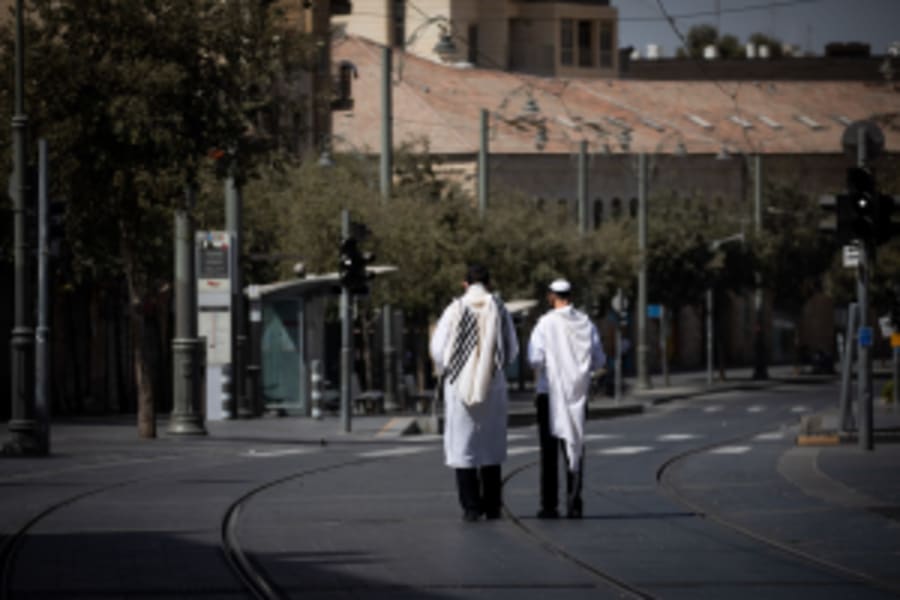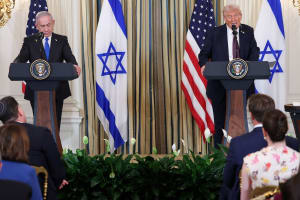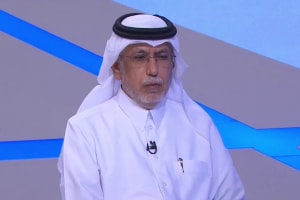Report states US used 25% of THAAD missile interceptors during 12-day Israel-Iran war
Exact number of THAAD interceptors used to counter Iranian and Houthi missiles remains undisclosed

The United States utilized approximately one quarter of its supply of Terminal High Altitude Area Defense (THAAD) ballistic missile interceptors during the 12-day Israel-Iran war in June, CNN reported on Monday.
According to two officials who spoke with CNN, American forces stationed in Israel to support its air defense against Iran’s ballistic missile threat fired over 100 THAAD interceptors to assist Israel’s Arrow missile defense system in repelling the hundreds of ballistic missiles launched by the Islamic Republic during the conflict.
The U.S. military is in possession of seven THAAD defense batteries, two of which were stationed in Israel to support the defense of its regional ally.
The CNN report raised concerns about the high rate of interceptor use over a short period, noting that the U.S. military received only 11 THAAD interceptors in the previous fiscal year and is expected to receive just 12 more this year. Under the 2026 Department of Defense budget – part of President Donald Trump’s “Big Beautiful Bill” –the military plans to acquire 37 interceptors.
CNN cited a U.S. defense official who stated that the 2026 budget “prioritizes funding in the defense industrial base, a core strategic asset that provides and sustains our military’s technology, equipment, and supplies.”
“The budget includes an additional $1.3 billion for industrial based supply chain improvements, and an additional $2.5 billion for missiles and munitions production expansion,” the official said. “The Department’s role is to ensure that the President is armed with the best possible military options for any scenario – and all options remain on the table.”
An anonymous missile defense expert told CNN that “the level of expenditure here in defense of Israel is significant,” warning further that “this is not the sort of thing that the US can afford to continue to do on and on.”
“It was a major commitment to our Israeli ally, but missile defense interceptor capacity is definitely a concern, and THAAD is a very scarce resource,” he added.
While the total number of remaining interceptors is unknown, and a defense official refused to respond to a CNN inquiry, the official did state that the Defense Department “remains postured to respond to any threat.”
The THAAD missile defense system, developed by the United States, was used in coordination with Israel’s Arrow air defense system, which also targets ballistic missile threats.
The exact number of Arrow interceptors launched during the 12-day Operation Rising Lion remains undisclosed, as the IDF has not released that information.
According to a graphic in the CNN report, the THAAD defense system deployed in Israel has a greater range than Arrow 3, the most advanced version of the Israeli-developed system.
The CNN report did not track the number of THAAD interceptors used to destroy ballistic missiles from the Houthi rebels in Yemen. The IDF does not typically disclose which systems are used to make successful interceptions.

The All Israel News Staff is a team of journalists in Israel.
You might also like to read this:
















